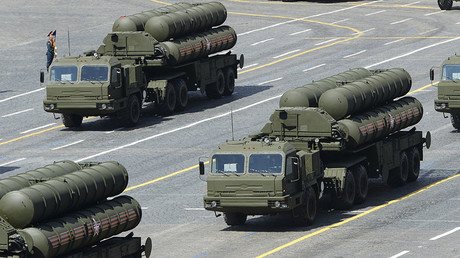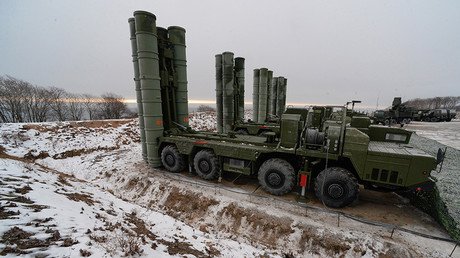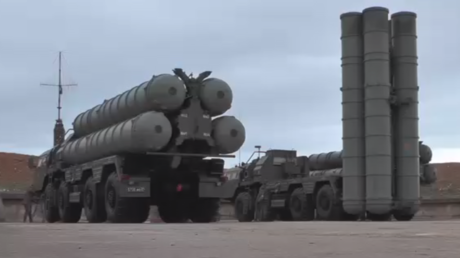The Growler’s Triumph: Russian missile system invades the market
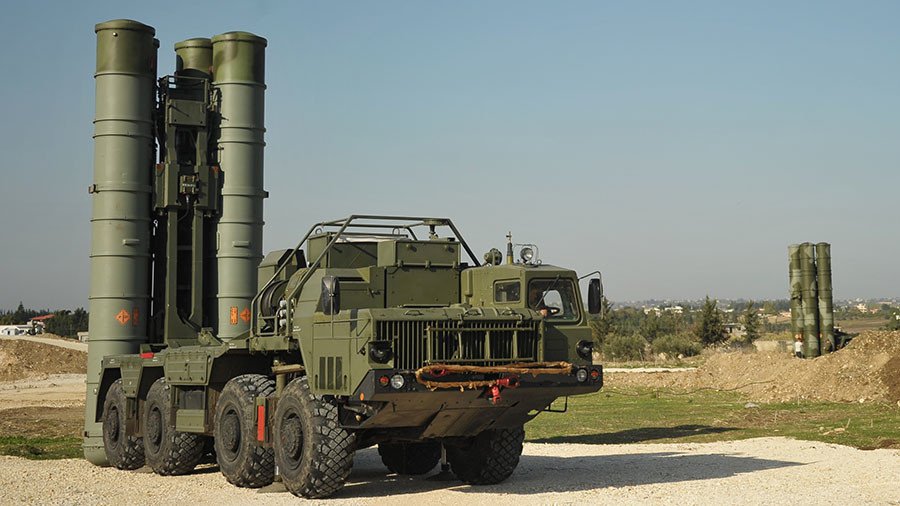
With Qatar now getting in line to buy Russian S-400 missile systems, the list interested customers keeps growing. The system’s superior capabilities have been catching eyes even in markets that traditionally look Westward.
Five nations have now been confirmed to be in various stages of negotiation to buy the S-400 Triumf, or the SA-21 Growler as it is known by NATO. Contracts have already been signed with two: China and Turkey are awaiting deliveries. India, Qatar and Saudi Arabia are still in talks with Russia, ironing out specifics of the deals.
Turkey is a NATO member, and the Gulf’s arms market has long been a closed shop for American and European suppliers. Why, then, are they now buying or planning to buy sophisticated weapons from the West’s designated “adversary”, Russia?
READ MORE: Qatar may soon buy Russia’s S-400 anti-aircraft system – ambassador
In the case of Qatar, it could be a political statement: having recently found itself squaring up to Saudi Arabia at the cost of its diplomatic relations with other Gulf neighbors and Egypt, it could be signaling that it’s ready to look for partners elsewhere.
But this doesn’t explain why Saudi Arabia, which has been spending billions upon billions of dollars yearly on American weapons, is now turning to Russia.
Occam’s razor provides us with one possible explanation: the Growler is good.
Combining both anti-aircraft and anti-missile capabilities, a full S-400 complex consists of over a dozen vehicles: up to six launchers, as well as mobile radars and a combat control center. Every launcher has four tubes, each armed with a guided missile. Several types of missiles exist for various targets, and these can be mixed and matched within a single launcher, the better to tailor the system to the mission at hand.
The Growler can detect and intercept almost anything that flies: from strategic bombers to radar and electronic warfare planes, to tactical attack jets, to cruise and ballistic missiles of all sizes and shapes. With this multi-functionality in mind, its only competitor is the tried and tested American Patriot system. Incidentally, those are already in use in Saudi Arabia and Qatar — but looking at the S-400’s specifications, it becomes clear why they are now eyeing Russian systems.
The Growler can detect airborne targets at a range of 600 km, and hit them at 400, whereas for the Patriot those ranges are 180 and 130, respectively. Both have a minimum range, too, after which a target can no longer be intercepted. For the S-400 it’s two km against the Patriot’s 10.
The speed of the target is another key factor. The S-400 can hit a mark that moves at up to 17,280 km/h, while the Patriot can only manage 7,920 km/h. It has to be noted that these numbers are largely irrelevant for anti-aircraft capabilities, since most modern fighter jets’ top speeds are under 4,000 km/h. Ballistic missiles, however, can reach a terminal velocity of tens of thousands of km/h, which means the Russian system has a better chance against them.
But even against in-atmosphere missiles the Patriot’s capabilities could soon be made obsolete by the development of hypersonic weapons. Even their lowest possible speeds of around 5,000 km/h would stretch the Patriot’s ability, while remaining comfortably within the Growler’s range.
While both systems have similar reaction speeds of under 10 seconds, the S-400 is faster to deploy, going from travel to combat mode in about 5 minutes, whereas the Patriot takes 25.
One thing the Patriot has going against the S-400 is experience: having been around for over 30 years, it has undergone a few modifications to adjust for its shortcomings. On the other hand, the 10-year-old S-400 has performed without a hitch in tests and live-fire exercises.
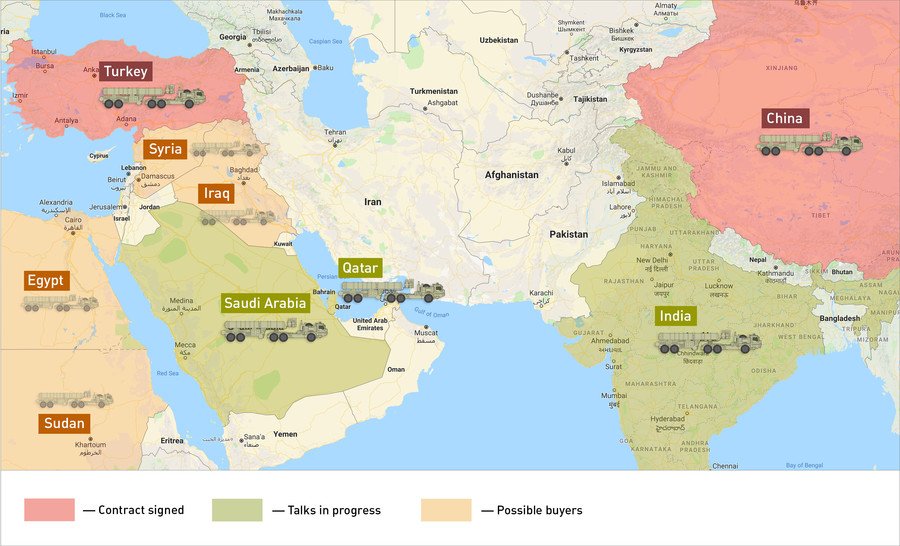
The American THAAD is a newer system, but it only counters ballistic missiles, which means potential buyers will have to purchase something else to do the anti-aircraft honors.
Over the years, the US has sold its Patriots to a dozen countries. They are now operated by several European nations, as well as Gulf states, South Korea and Japan. As noted above, Russia has signed contracts with only two so far and is negotiating with three more, but according to President Vladimir Putin’s military cooperation aide Vladimir Kozhin, there’s a queue of a total of 10 nations lining up to buy Russian S-400s. Federation Council defense committee head Viktor Bondarev has named Syria, Iraq, Sudan and Egypt as possible buyers.
Whether this is the beginning of a long-term shift in strategic partnerships remains to be seen, but the sheer quality of modern Russian weapons is already being acknowledged across the market.
If you like this story, share it with a friend!
